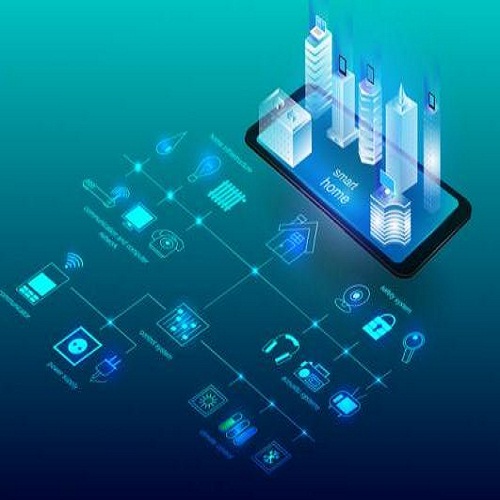Today, Industry 4.0, and specifically utility 4.0 is all about digitalization – delivering connected devices, data analytics, and artificial intelligence to further automate utility command and control processes. With the continued evolution of telecommunications technology, the timing has never been better for electric, water and gas utilities to consider business strategies to transform their legacy communication systems to support the next generation of “smart.”
The focus of smart infrastructure has expanded from the 2015 ‘smart cities’ initiatives, as broad adoption of Industrial Internet of Things (IIoT) devices and the need for real-time communications has permeated every Critical Infrastructure Industry (CII). IIoT brings together state-of-the-art technologies, such as next-generation sensors, cloud computing, and data analytics to the utility, and with it also comes the power to monitor and harness data to derive intelligence. This intelligence gives rise to new digital capabilities, such as predictive maintenance, remote monitoring, and end-to-end automation of utility operations.
To usher in the next generation of smart infrastructure, standards bodies such as 3GPP are working with technology providers to develop methods for interconnecting new technologies to improve efficiency and productivity, while assuring interoperability to give utilities control of their supply chain. IIoT is a critical facet of the utility digital transformation that brings together different aspects of technology, smart devices, and communications. Renewables, distributed generation, and the next-generation AMI, SCADA and DA coupled with increased customer demand, and cyber-threats are some of the major developments driving utilities to evaluate how their existing infrastructure may need to transform. Such evaluations are causing decision-makers at utilities to consider private LTE for automating and digitalizing their utility communications networks.
As utilities envision the future possibilities, they are challenged with a myriad of new use cases and applications, which will demand more robust telecom infrastructure. Utility applications such as fire mitigation, distributed energy resources (DERs) integration and volt/var control require utility leaders to conscientiously plan for the communications infrastructure capabilities needed to deliver the data and real-time control these use cases require. Merely adding another network to the current utility communications infrastructure will only compound the current operational complexity since most utilities already manage multiple networks – many of which were built independently of each other over many years.
So what are some forward-looking investment strategies to meet the communications needs of the utilities of the future? Information and communications technology (ICT) market indicators signify that utilities must come to terms with the necessity to build robust and intelligent networks supported by smarter infrastructures. The investment in digital assets is paramount, and C-level executives are continuing to realize that now is the time to allocate resources to transform their core utility business. Every week the Utility Broadband Alliance (UBBA) members tackle these topics from different perspectives, such as business strategies, use case requirements, new technology, and cybersecurity.
Requirements for some utility use case applications are demanding more bandwidth and lower latency, while others like the next generation of smart metering may be more forgiving on latency and require only bursts of data at various times. Understanding the actual minimum requirements of each application on the utility telecom network will give a clearer picture of the overall design requirements. Key requirement metrics to consider in addition to latency and bandwidth may include jitter for video and voice applications, data transmission intervals, which can be continuous for grid operations, and data priorities for critical applications supporting DERs and power delivery. Investments in private LTE offer utilities the long-term and evolutionary qualities they desire. Spectrum ownership, security, throughput, scalability, and resiliency are all key business considerations that affect the network management and infrastructure monitoring – and all play a part in the bottom-line.
Private LTE can be a strategic and tactical advantage for utilities as the volume of devices and data expands rapidly. Grid modernization efforts require faster, more secure, control of assets through ever-evolving technologies, while smart communities are adding more standards-based devices, bandwidth heavy video, artificial intelligence, and IIoT. All of these continue to drive the reimagination of what is possible for communities and what will be demanded of utilities of all sizes. The one constant demand is a reliable, secure, scalable communications network.
Source: energycentral










